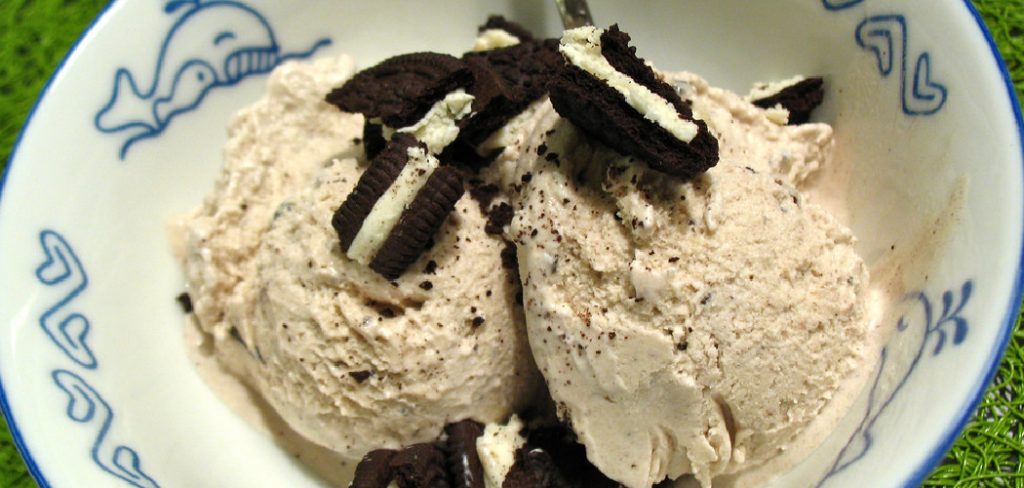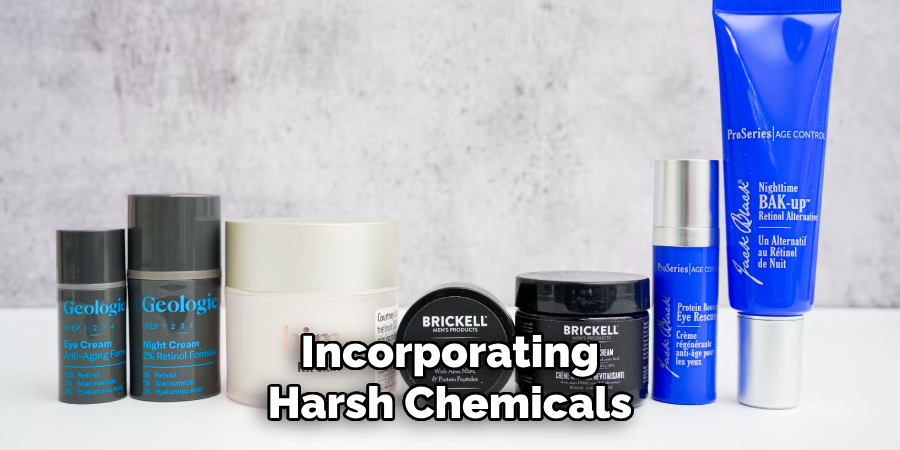Are you tired of buying expensive night creams that do not seem to work? Are you looking for a more natural and cost-effective solution for your skin routine? Look no further, as making your own homemade night cream is easier than you think!
How to make night cream at home is an excellent way to take control of your skincare routine while using natural, nourishing ingredients. Night creams are designed to hydrate, repair, and rejuvenate your skin while you sleep, allowing you to wake up with a refreshed and radiant complexion.

By crafting your own night cream, you can customize the formula to suit your skin type and address specific concerns, such as dryness, fine lines, or uneven tone.
Best of all, the process is simple, cost-effective, and free from harsh chemicals often found in store-bought products.
What Are the Benefits of Making Night Cream at Home?
- Cost-effective: Making your night cream is a budget-friendly option, as it eliminates the markup cost of packaged products.
- Customizable: By selecting your ingredients, you can tailor the night cream to suit your specific skin type and concerns, resulting in a more effective product.
- Natural Ingredients: Using natural ingredients means avoiding harsh chemicals that can irritate or damage your skin over time.
- Eco-Friendly: By making your night cream, you reduce plastic waste from packaging and contribute to a more sustainable beauty routine.
- Healing Properties: Many homemade night creams contain healing properties that help nourish and repair the skin while you sleep, resulting in a healthier complexion.
- Simple Process: You don’t need to be a skincare expert to make your own night cream. You can create a customized product that works for you with a few simple ingredients and steps.
- Long-term Benefits: Regular use of homemade night creams can lead to long-term benefits such as improved skin texture, reduced fine lines, and brighter complexion.
What Will You Need?
- Base Oil: Choose a base oil such as almond, jojoba, or coconut oil. These oils are rich in antioxidants and vitamins that help nourish the skin.
- Essential Oils: Essential oils add fragrance and therapeutic benefits to your night cream. Some popular choices include lavender for relaxation, tea tree for acne-prone skin, and rosehip for anti-aging properties.
- Emulsifying Wax: This ingredient helps combine the oil and water elements of the cream to create a smooth consistency.
- Distilled Water: Using distilled water ensures no impurities in your night cream.
- Vitamin E Oil: Vitamin E is known for its anti-aging properties and helps extend the shelf life of your night cream.
- Airtight Container: To store your night cream and keep it fresh.
Once you have gathered all the necessary ingredients, follow these simple steps to make your own night cream.

8 Easy Steps on How to Make Night Cream
Step 1. Melt the Oils and Wax:
Start by combining your chosen carrier oil, essential oils, and emulsifying wax in a heat-safe bowl. Place the bowl over a double boiler or a saucepan with simmering water to gently heat the mixture. Stir occasionally as the wax melts and blends with the oils.
Be careful not to overheat the mixture, as excessive heat might degrade the beneficial properties of the oils. Once the ingredients have completely melted into a smooth liquid, remove the bowl from heat and set it aside to cool slightly. This step is crucial to ensure proper emulsification later in the process.
Step 2. Prepare the Water Phase:
While the oil and wax mixture is cooling, focus on preparing the water phase. Start by measuring the distilled water required for your formulation. Distilled water is essential to minimize the risk of bacteria or impurities affecting your final product. Warm the water gently in a clean, heat-safe container over low heat or using a double boiler.
The water should be heated to a temperature similar to the oil phase, typically around 150°F (65°C). This ensures that when combining both phases later, they will emulsify appropriately without the risk of separation.
If your recipe includes water-soluble ingredients such as glycerin, aloe vera, or hydrosols, mix them into the warm water at this stage, stirring gently to achieve a uniform consistency. Keep the water phase warm and set aside until you’re ready for the emulsification step.
Step 3. Combine the Oil and Water Phases:
Once the oil and water phases have reached a similar temperature, it’s time to combine them. Pour the oil phase slowly into the water phase while stirring continuously. Use a stick blender or an immersion mixer for this process, as it helps achieve a smooth and stable emulsion.
Blend for several minutes until the mixture begins to thicken and take on a creamy texture. This step is crucial, as thorough mixing ensures the emulsion remains stable over time and prevents the ingredients from separating.
Step 4. Cool Down and Add Final Ingredients:
Once the emulsion is thoroughly blended and begins to cool, it’s time to incorporate the heat-sensitive ingredients. These typically include essential oils, preservatives, or other delicate additives like vitamins or extracts.
Allow the mixture to cool to approximately 104°F (40°C) before adding them, as higher temperatures could compromise their efficacy. Stir these ingredients gently but thoroughly to ensure even distribution throughout the product. This final step adds fragrance, functionality, and longevity to your finished creation.

Step 5. Transfer and Store Your Product:
Transfer your product into clean, sterilized containers once all ingredients are fully incorporated and the mixture has cooled completely. Use a spatula or funnel to minimize mess and ensure an even fill. Properly labeled containers are essential, including details like the product name, creation date, and any special storage instructions.
Store your finished product in a cool, dry place to maintain its quality and prolong its shelf life. This careful storage process ensures your creation remains effective and safe for use.
Step 6. Testing and Using Your Product:
Before widespread use, test your creation on a small area to ensure it is suitable and free from any adverse reactions. This patch test allows you to confirm the product’s safety and effectiveness. Once satisfied with the results, use your product as intended and share it with others if desired. Always follow any recommended usage guidelines and enjoy the fruits of your careful crafting process!
Step 7. Monitoring and Adjusting Your Product:
Over time, monitor the performance and condition of your product to ensure it continues to meet your expectations. Take note of any changes in texture, scent, or efficacy. Consider revisiting and refining your original formula if your product shows signs of degradation. Feedback from others, if shared, can also provide valuable insights for improvement. By staying attentive and adaptable, you can ensure your creation remains a reliable and high-quality solution.
Step 8. Storing Your Product Properly:
Proper storage is essential to maintain the longevity and effectiveness of your product. Store your creation in a cool, dry place away from direct sunlight or excessive heat, as these conditions can cause degradation over time. Use airtight containers to prevent contamination and preserve the product’s quality.
Be sure to label your product clearly with its name and the date it was made, allowing for easy monitoring of its shelf life. Thoughtful storage practices ensure that your product remains safe and reliable for prolonged use.
By following these simple steps and using high-quality, natural ingredients, you can create a nourishing night cream tailored to your unique skin needs.

5 Things You Should Avoid
- Using Harsh Chemicals: Avoid incorporating harsh chemicals or synthetic ingredients that can irritate the skin. Stick to natural and skin-friendly components to ensure the cream is gentle and nourishing.
- Skipping Patch Testing: Never skip a patch test before using new ingredients. Some natural ingredients can still cause allergies or sensitivities, so testing is crucial to avoid adverse reactions.
- Adding Too Much Fragrance: Overloading your night cream with artificial fragrances or essential oils can lead to skin irritation. Use fragrance sparingly or opt for unscented options.
- Improper Storage: Do not store your night cream in unsuitable conditions, such as high heat or direct sunlight. Use airtight containers and keep the cream in a cool, dry place to maintain effectiveness.
- Ignoring pH Levels: Avoid neglecting the pH balance of your night cream. A too acidic or alkaline mixture can disrupt the skin’s natural barrier, leading to dryness or irritation.
By avoiding these common mistakes, you can ensure your homemade night cream is safe and beneficial for your skin.

Conclusion
Making your night cream is a rewarding way to cater to your skin’s unique needs while avoiding potentially harmful additives in commercial products.
By selecting natural, high-quality ingredients, ensuring proper formulation, and being mindful of storage and pH balance, you can create a nourishing and effective product tailored to your skin type. Careful attention to detail during the process will help maximize the cream’s benefits, leaving your skin hydrated, healthy, and radiant. With practice and the right approach, homemade night cream can become essential to your skincare routine.
Hopefully, the article on how to make night cream at home has inspired you to take control of your skincare and explore the world of natural, homemade beauty products. So go ahead and give it a try – your skin will thank you!
About the Author
Jane Hubbard is a passionate beauty expert with a wealth of experience in makeup, hair, and overall beauty techniques. After years of working as a hairdresser specialist, she followed her entrepreneurial spirit and started her own consultancy business.
Jane has always been driven by her desire to help others feel confident in their own skin, and she does this by sharing her knowledge, experiences, and practical beauty tips. Through her consultancy, she empowers individuals to embrace their unique beauty, offering tailored guidance that boosts both self-esteem and personal style.
Professional Focus
- Specializes in makeup, hairstyling, and beauty consulting.
- Provides personalized beauty advice, tips, and techniques to help individuals feel confident in their appearance.
- Dedicated to staying up-to-date with the latest industry trends and developments.
- Passionate about creating a comfortable and empowering experience for every client.
Education History
- University of Craft and Design – Bachelor of Fine Arts (BFA) in Woodworking and Furniture Design
- Woodworking Apprenticeships – Extensive hands-on training with skilled craftsmen to refine carpentry and furniture making techniques
- Online Courses & Masterclasses – Continued education in advanced woodworking techniques, design principles, and specialized tools
Expertise:
- Makeup artistry, hairstyling, and beauty consulting.
- Personalized beauty techniques to enhance confidence and self-expression.
- Educating clients on how to maintain their beauty routines at home.
